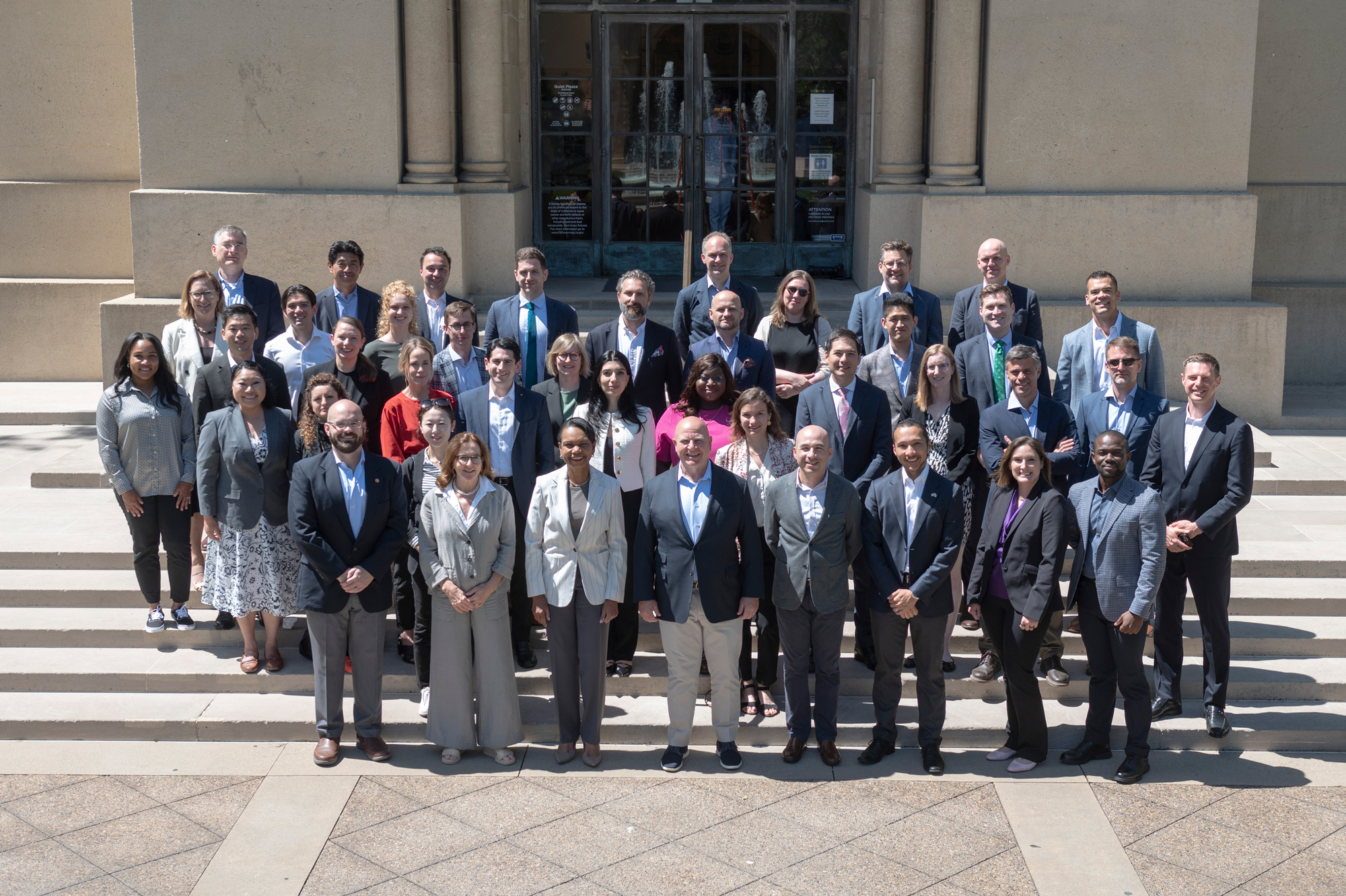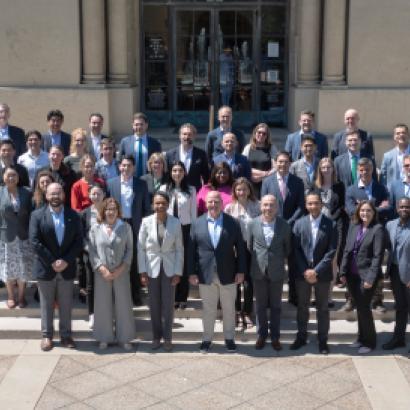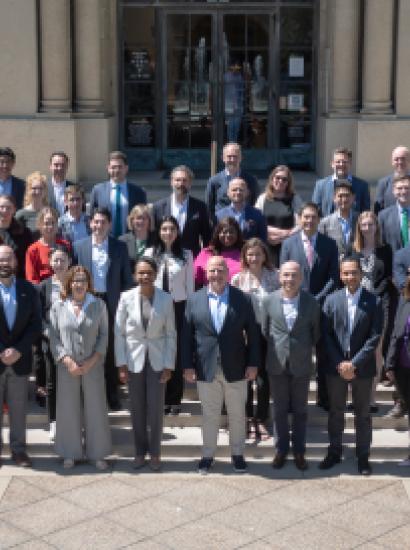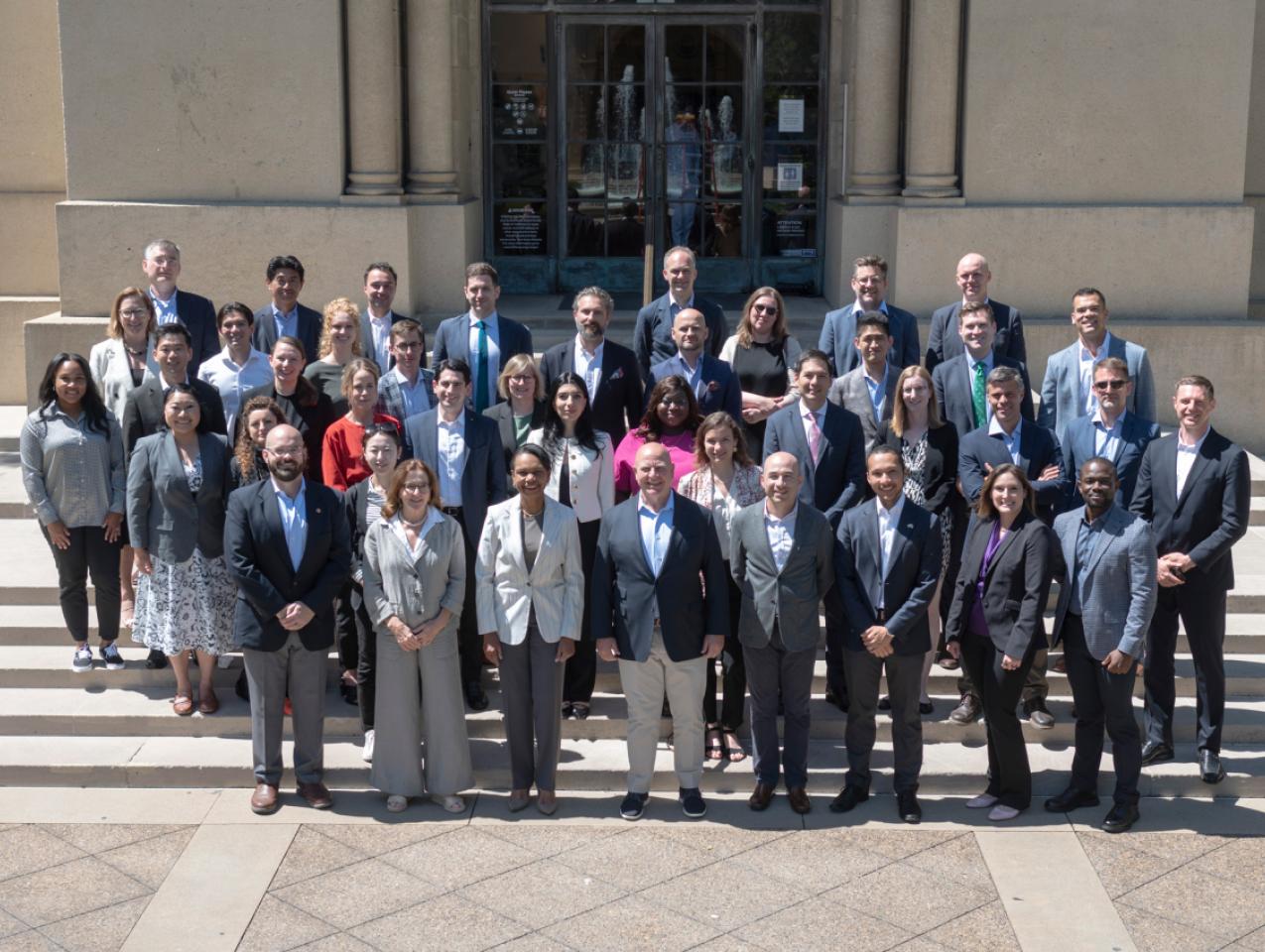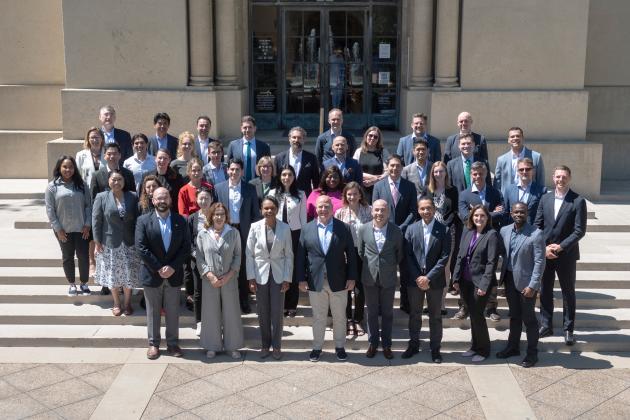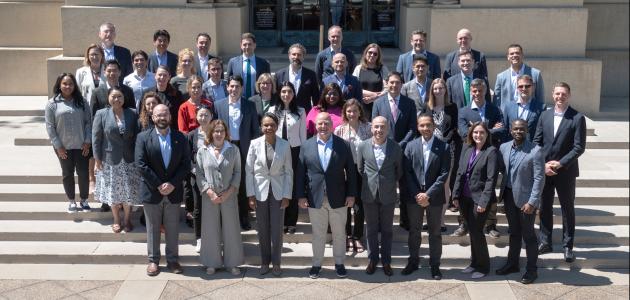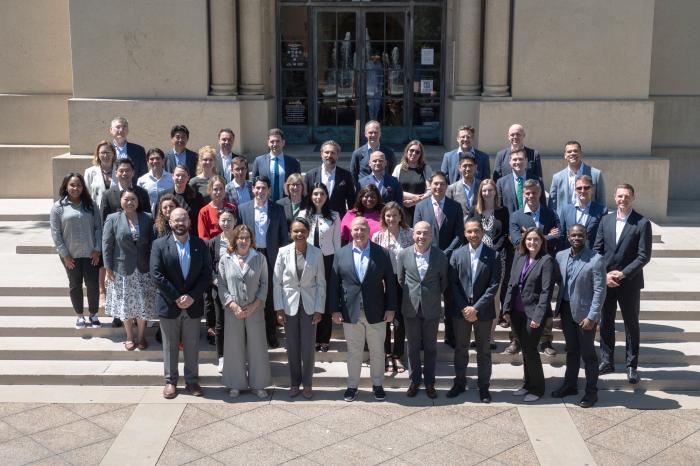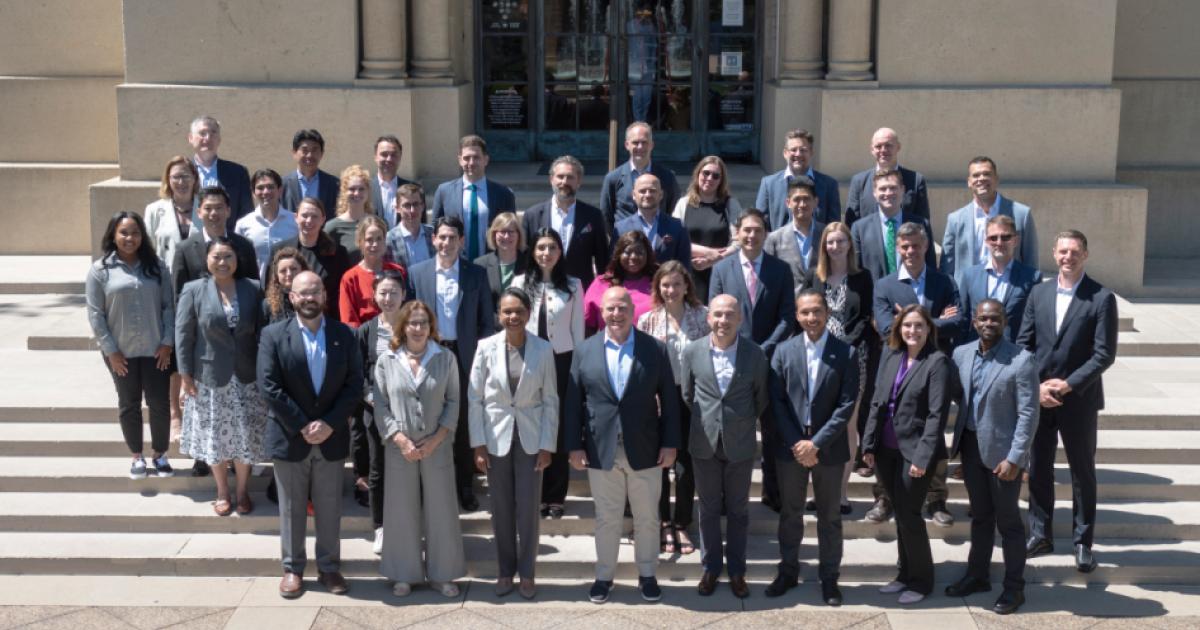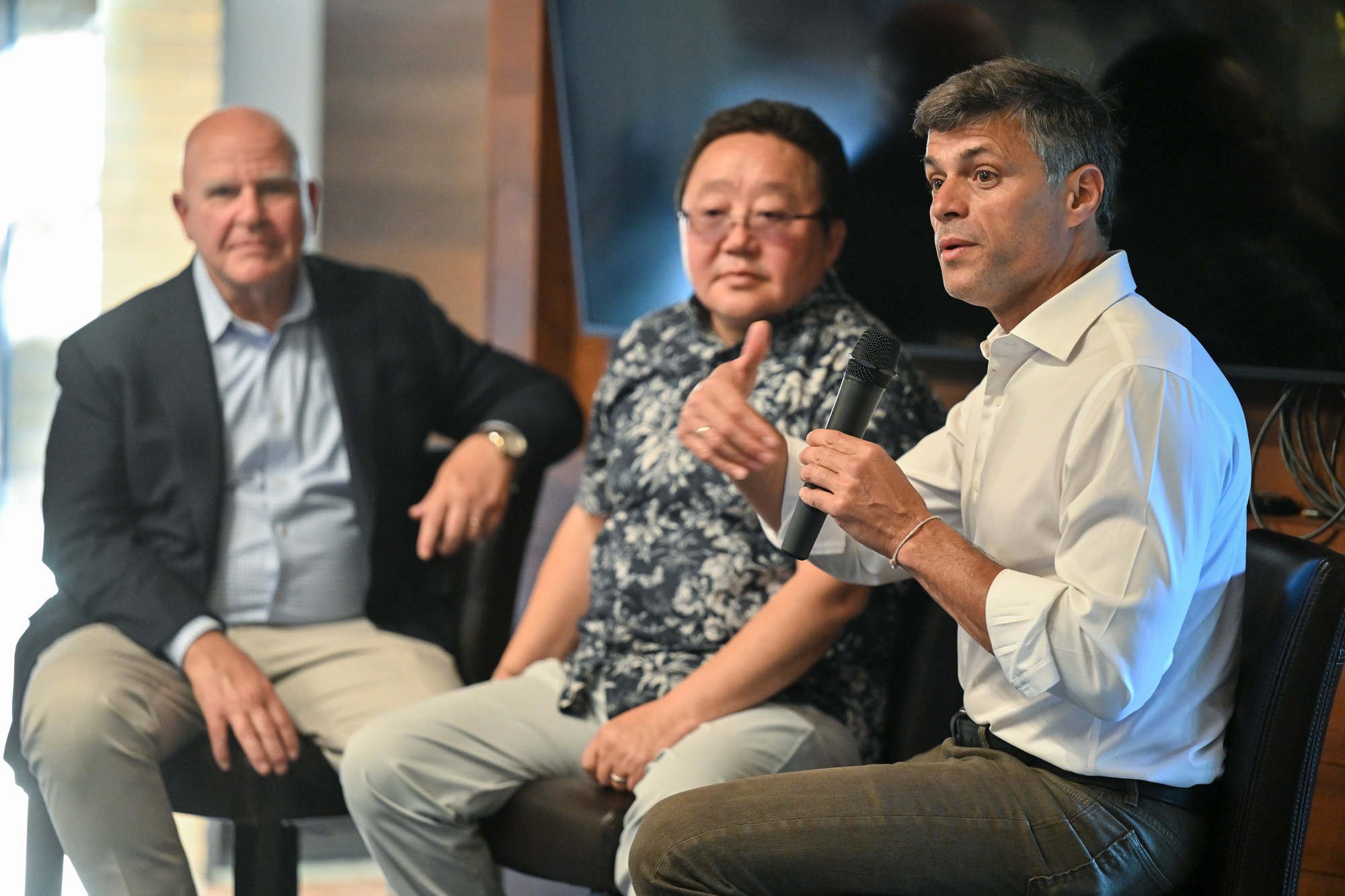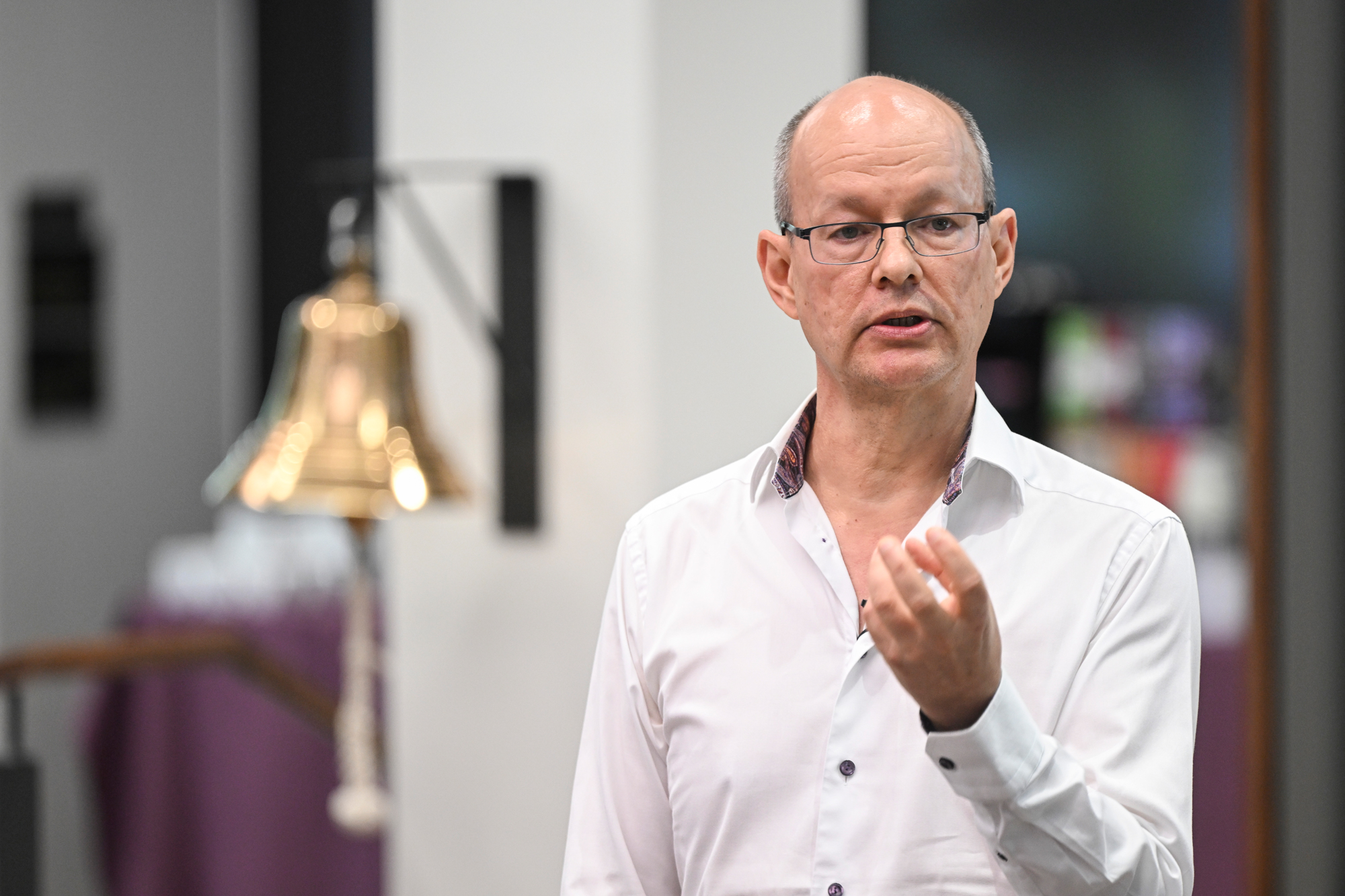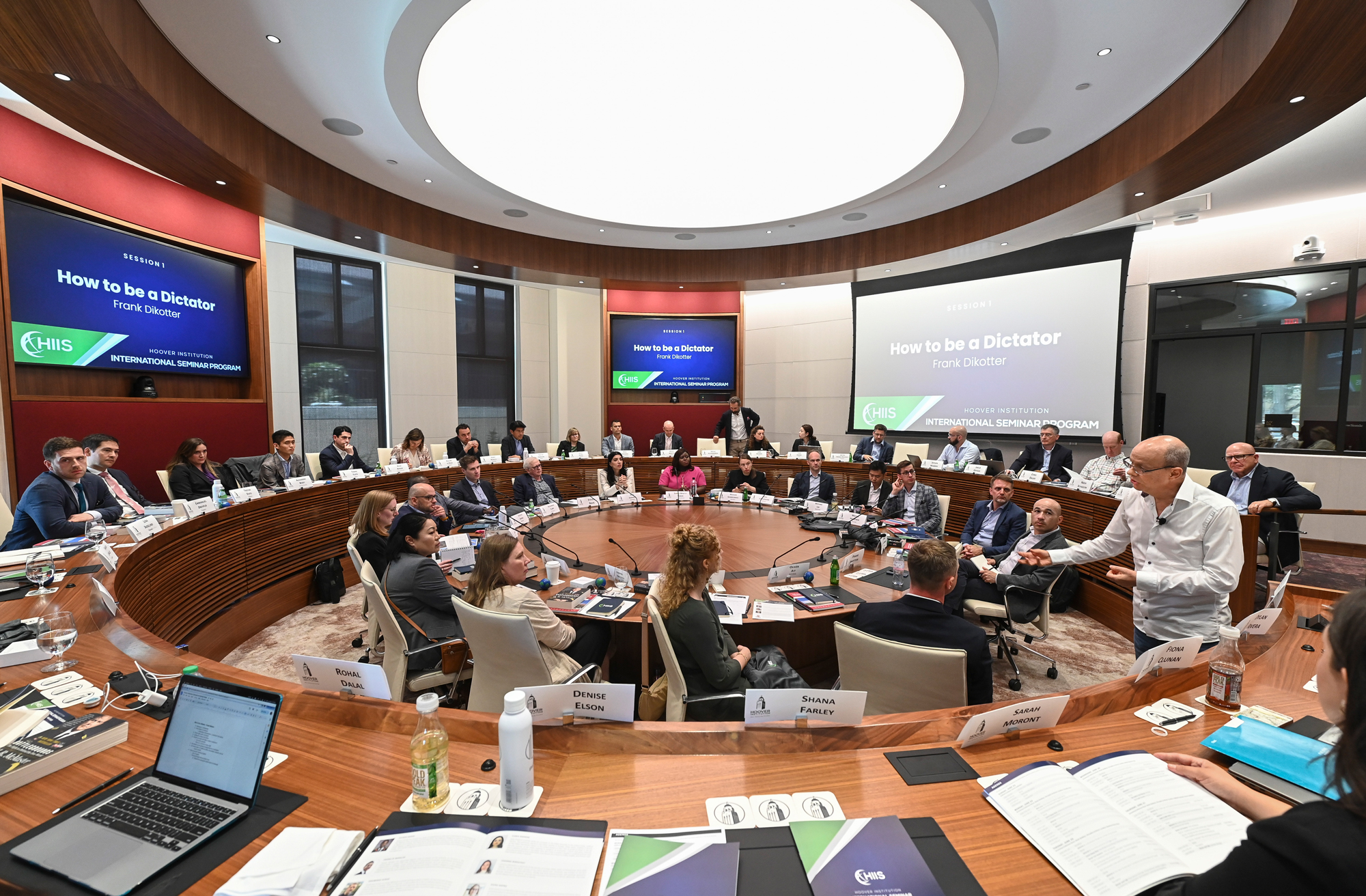Hoover Institution (Stanford, CA) –From June 24 to June 29, Hoover fellows led dozens of midcareer diplomats and national security practitioners, representing democracies around the world, in discussions about a range of challenges facing the rules-based international liberal order.
Cohosted by Hoover senior fellow H.R McMaster and national security visiting fellow Nadia Schadlow, the Hoover Institution’s third annual International Seminar hosted thirty-four professionals from nations including Japan, Singapore, Panama, South Korea, Georgia, Germany, Denmark, Italy, Finland, Poland and Sweden.
“We hope this week helps illuminate the nature of the problems our nations contend with,” Schadlow said of the seminar. “The complex nature of the threats the US and its allies face demands that we work together to develop solutions. A first step is through collaborative discussion.”
Attendees heard presentations on topics ranging from the risks of future AI development to industrial policy and its value in economic statecraft. They also attended a presentation by senior fellow Larry Diamond that offered solutions to help reverse the global democratic decline.
Defending Freedom at Home and Abroad
Diamond reiterated his belief that the overall decline in the spread and quality of democracy in the world roughly coincided with the introduction of the first social media applications. He also brought forth polling data that suggests people around the world still believe in democracy as a system but that they are disappointed with the results it has produced.
Cohost H.R. McMaster gave a presentation on the future of warfare. He stressed that policy leaders should develop a solid conceptual foundation of war while also avoiding deployment of flawed strategies. He described the historical continuities of war, as well as the fallacies about armed conflict that have resulted in unfavorable outcomes for nations engaged in them.
Developing successful strategies, he underscored, requires that nations not neglect those continuities but acquire an understanding of enemies’ countermeasures and develop a framework for learning in a focused and sustained way, especially in collaboration with allies and partners.
“Only with collaboration with our allies, with all of you, will the United States be able to confront the axis of aggressors, restore peace, and prevent future wars,” McMaster said.
Throughout the seminar, attendees asked presenters about how they could apply best practices on the topics discussed, such as civic decline, AI regulation, or economic statecraft to the situations they confront in their home jurisdictions.
The Rapid Pace of Technological Change
The seminar also saw several speakers present sobering conclusions about China’s rise, including evidence of its military’s successful deployment of game-changing weapons such as hypersonic glider-bomber vehicles.
In one such talk, Michael Brown of the Defense Innovation Unit said that the United States had “passed its Sputnik moment” with China when, in 2021, the People’s Liberation Army Air Force tested its hypersonic glider vehicle, which could select its own atmospheric reentry trajectory and carry a guided bomb.
He called for an immediate increase in US public research and development funding to the tune of $400 billion per year. He said that that level in today’s dollars would match the US effort during the space race of the 1960s.
In another talk, AI expert Tristan Harris demonstrated the ease with which the latest generative AI programs could be used for nefarious purposes. He described how, in a matter of seconds, large language models could disseminate false claims on social media, generate false incriminating audio that sounded to the untrained ear like any major public figure, and even generate incriminating images of people.
He said that the arrival of generative AI shows that societies are adopting “twenty-fourth-century technology with twentieth-century governance,” and that the speed at which technological complexity is accelerating is challenging our ability to adequately respond.
Compounding this challenge, Harris added, is that sometimes generative AI models contain capabilities even their own creators didn’t know they had. For instance, it took ChatGPT-3’s creators nearly two years to discover the model had research-grade chemistry knowledge.
Generative AI isn’t the only technological field growing in capabilities faster than most people can catch up.
At lunch on June 27, Planet Labs cofounder Robbie Schingler demonstrated how his firm’s vast network of observational satellites can now take detailed images of the entire globe on a daily basis. Planet Labs is public benefit corporation that partners with governments, NGOs, and aerospace firms to use its satellites to document the globe with a focus on issues such as deforestation and ecosystem health.
Schingler showed how the proliferation of satellites in the earth’s orbit has been enabled by SpaceX’s breakthrough ability to vertically land and reuse rocket stages, bringing the cost of each launch down considerably.
As the cost of launches continues to fall, the pace of launches around the world rises considerably, exponentially increasing the number of communications satellites in orbit and lowering the cost to access their networks and data.
But he also outlined how foreign space powers such as China have developed at least six different ways to weaponize satellites, ranging from mounting lasers on them to equipping them with rudimentary “blades” that allow one spacecraft to slice critical components of another as it passes by.
Decision Making and the Washington Consensus
The open and relatively easy access ordinary people have to imagery from satellite networks is one factor that gave rise to open-source intelligence (OSINT) in the past decade. OSINT is speeding up how the public discovers emerging threats and national security incidents, senior fellow Amy Zegart told the attendees during another session.
In July 2020, consumers of commercial satellite imagery compared what looked like a fire at Iran’s Natanz nuclear centrifuge assembly plant with images circulating on social media, prompting New York Times national security reporter David Sanger to write a story about the conflagration, all without any input or participation from traditional intelligence agencies.
Zegart said this example illustrates how the world is now in “an open-source moment,” where information about global events is widely accessible, prompting policymakers to make decisions more quickly.
This information access acceleration has been occurring for decades. Whereas US president John F. Kennedy had thirteen days to decide on a course of action during the Cuban Missile Crisis of 1962, President George W. Bush had something closer to thirteen hours to make critical decisions during the September 11, 2001, terror attacks, Zegart said.
She emphasized that today, a president facing an international incident might have only thirteen minutes (or even seconds) to make a decision.
But as information becomes more readily available than before, false information and disinformation can also spread more rapidly. Zegart recommended the United States and other aligned states begin to develop a new “open source” intelligence agency, to offer up analysis of the wide range of information now publicly available instead of keeping it secret.
Senior fellow Peter Blair Henry brought the discussion around to developing countries, speaking about how the “Washington Consensus” on trade and fiscal policy for emerging economies has borne fruit.
The Washington Consensus consists of ten economic reforms for emerging-market states, ranging from introducing floating exchange rates to tax system reform, budgetary restraint, and trade liberalization.
He showed that after implementing measures such as domestic fiscal discipline, floating exchange rates, and trade liberalization, the so-called Global South started to grow faster than the Global North. In the 1990s, inflation fell in most of the states that implemented those measures and stayed low for decades.
Henry argues there is broad evidence to support the idea that states that implemented the Washington Consensus experienced higher GDP growth rates than if they had not gone down that path.
The group also split into three breakout sessions, with prearranged topics and facilitators. The topics were: Creating a New Trade Landscape, facilitated by Clete Willems; Energy Security in the Indo-Pacific, hosted by Hoover research fellow Dinsha Mistree; and Fantastic Trolls and Where to Find them, with Jayson Warren, dealing with state-sponsored disinformation campaigns on social media.
Other talks included one by senior fellow Frank Dikötter, where he spoke of the growing dictatorial tendencies of the Chinese premiership. Building on the talk of dictatorial China, senior fellow Stephen Kotkin offered attendees his framework that can applied to most authoritarian regimes. Distinguished visiting fellow in economics Kevin Warsh spoke about the resilience and robust nature of the US economy in view of economic fragility abroad. And Jakub Grygiel spoke to attendees about illusions and misconceptions in US foreign policy.
Apart from the talks, attendees received a tour of the Stanford campus, visited the Cantor Arts Center, and went to a concert at the Guild Theatre in Menlo Park.
Overall, attendees expressed appreciation of the broad swath of topics covered during the seminar, as well as the opportunity to travel to Stanford to attend. They frequently asked experts for input on how to take the lessons learned during the discussions and apply them to the unique situations they face in their home countries.







